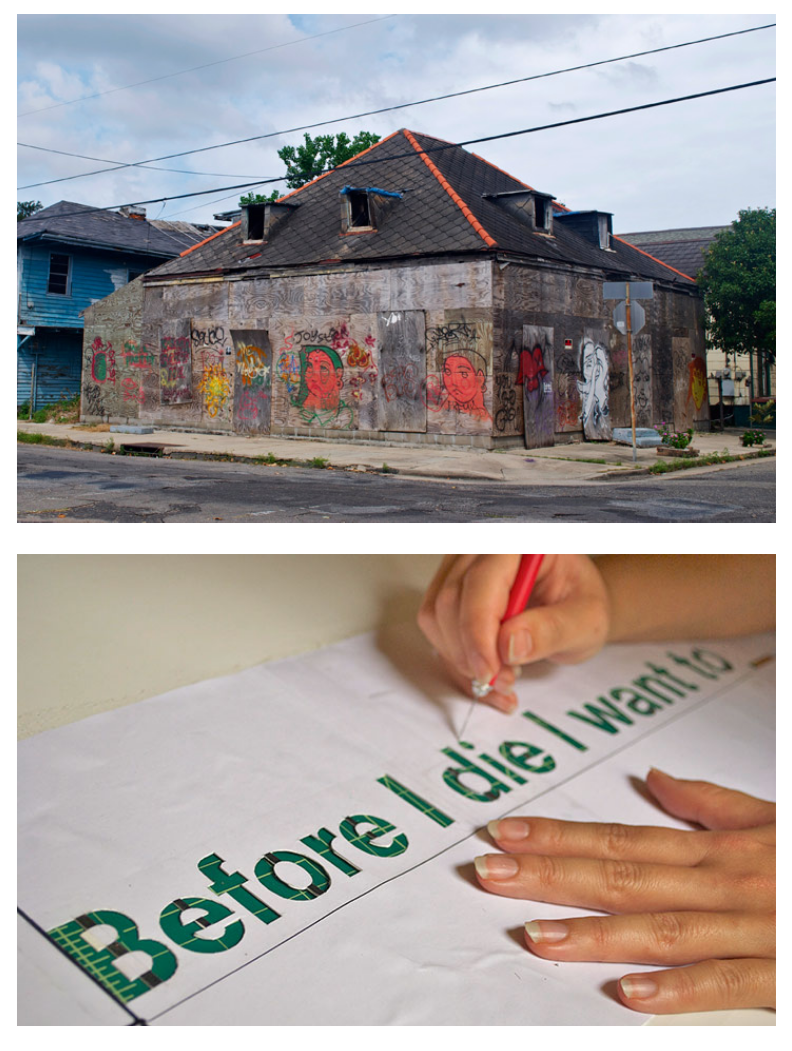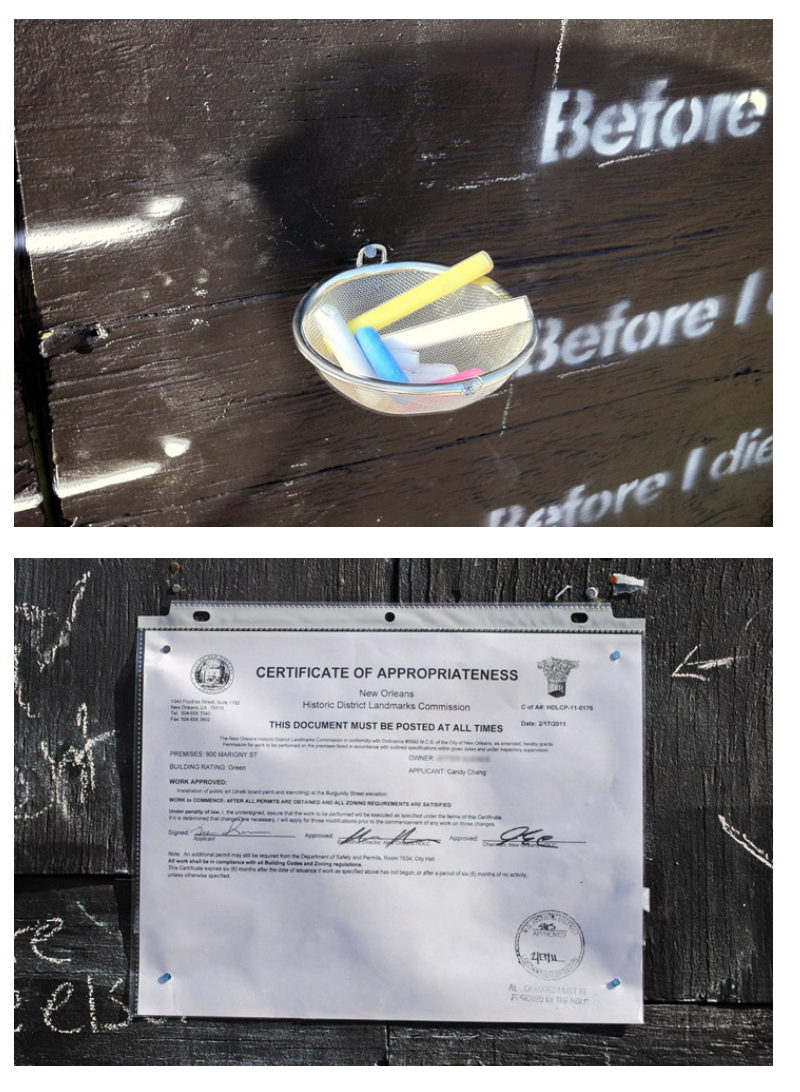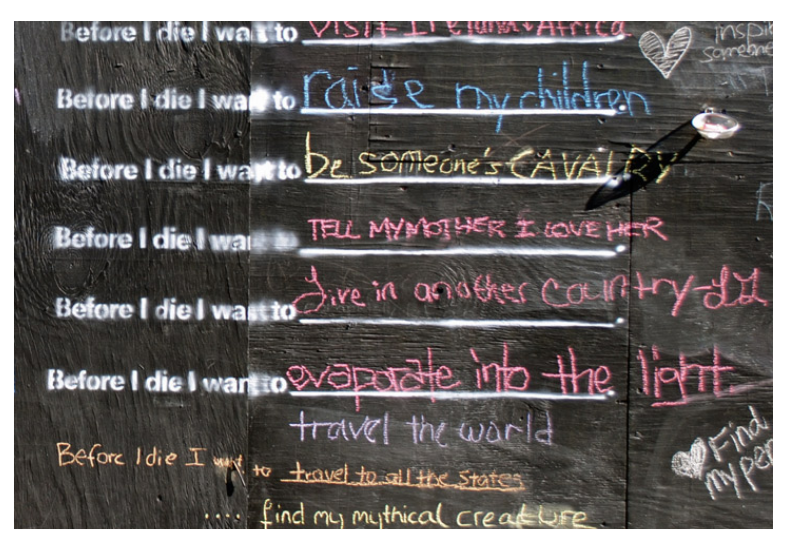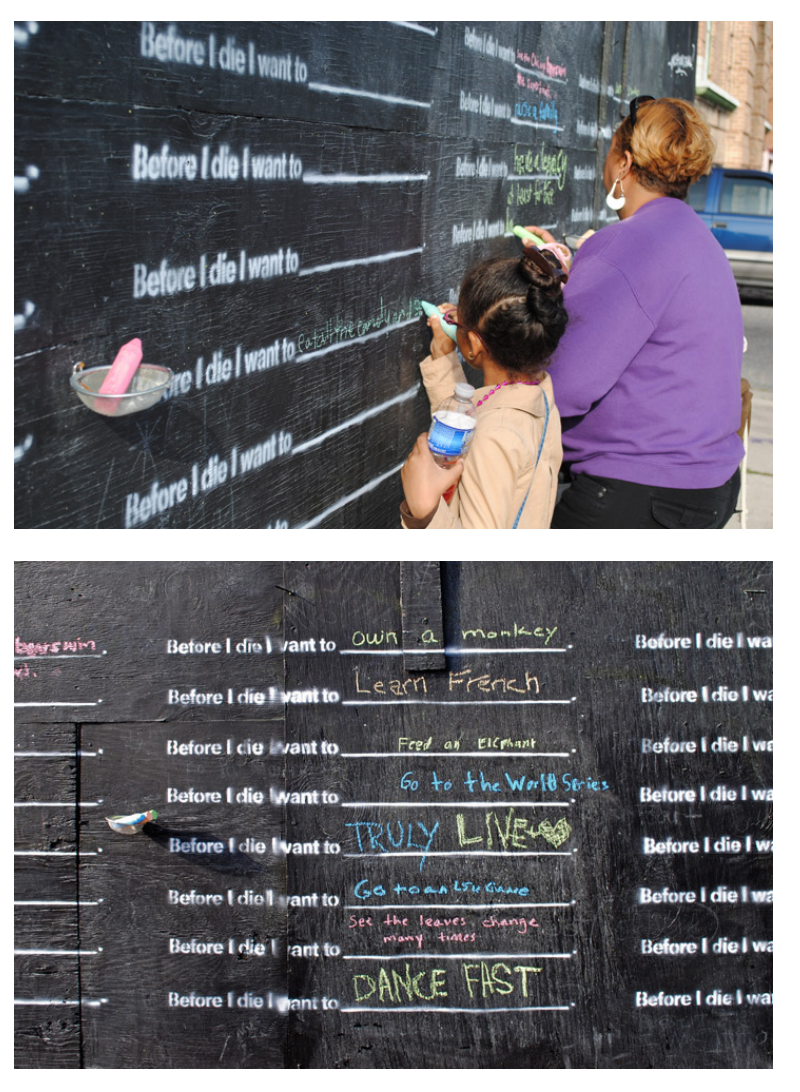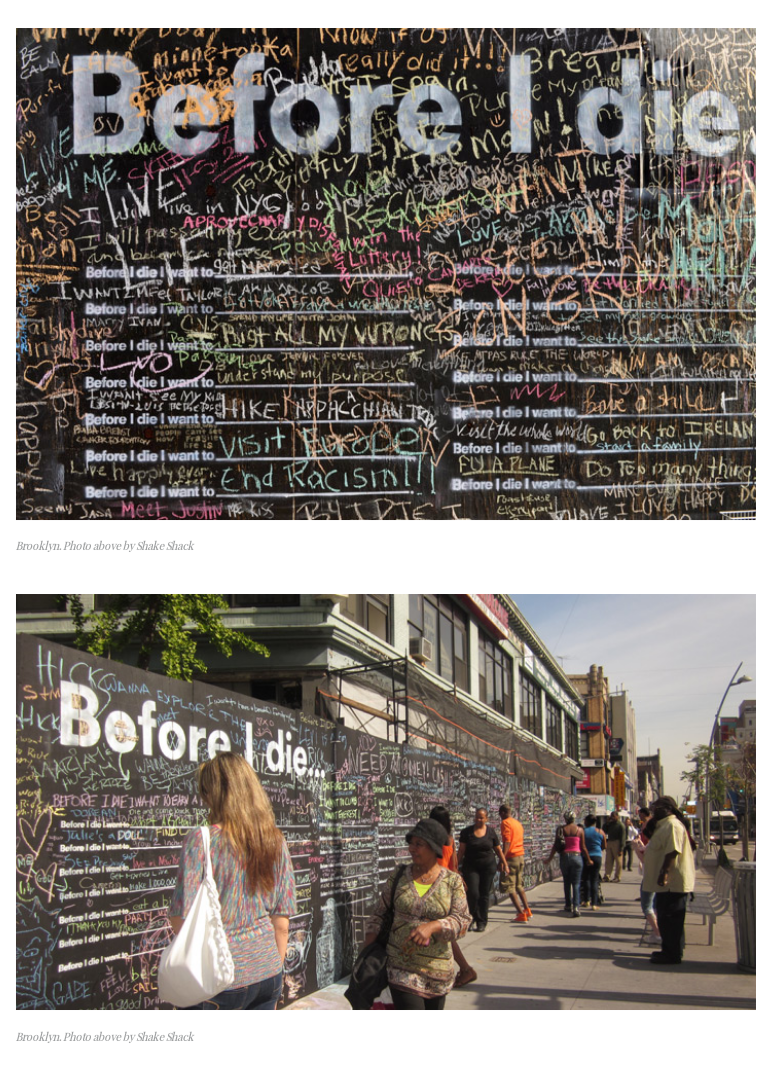Yesterday, Aid workers around the
world marked World’s Humanitarian Day - a time set aside every 19th of
August to honour aid workers who have lost their lives in line of duty. It was a
time to recognize those who face danger and adversity in helping others, and provided
the opportunity to celebrate the spirit which inspires humanitarian work around
the world. As a first-of-its-kind project aimed at turning words into aid, the
United Nations launched a theme for this year called ‘The World needs more ______’
With so many answers available to
fill the blank, I chose to narrow this question to a smaller but significant
entity – Africa. More so, if asked to fill in for an even smaller unit
within the continent, ‘What would you say your country needed more of?’
In my opinion, Nigeria needs more young
inventors like William Kamkwamba, the Malawian genius who transformed the
lives of those around him by bringing water and electricity to his village.
Yes, that’s right, Electricity!
Here's his remarkable story...
William Kamkwamba, born August 5,
1987, was a remarkable young man from Wimbe, a small rural village in Malawi, withered by drought and hunger and providing little hope and
opportunities. In late 2001, while his family battled a life-threatening
famine, 14-year old William was forced to drop out of high school because of
his parents’ inability to pay his school fees. Rather than
accept his fate, William educated himself by borrowing books from a small
community library.
It was a discarded 5th
grade American textbook that William first saw a picture of a windmill. A tiny
caption translated into broken English informed him that windmills generated
electricity and pumped water. Although William lacked education and experience in
engineering, he was armored with curiosity and determination to build a
windmill and power his family home.
With no instruction manual and under the watchful eye of friends and families,
William embarked on his daring mission. From junky yards he gathered old
bicycle parts, scrap metal, tractor parts, melted plastic pipes, bamboo stalks
and scavenged copper wires and forged an operable windmill that powered four lights, complete with homemade switches and a circuit breaker made from nails and wire. A second machine turned a water pump that could battle the drought and famine that loomed with every season. From such success, William built a series of windmills, changing his life and that of his family forever.
Below are excerpts from an
interview with Tree Hugger, October, 2009:
I look at plenty of pictures all
day but it doesn't lead to anything very productive. Where did you get
the confidence to go from a picture to building a windmill? And where did you
get the know-how?
William: I didn't get any support from my family but some of my
friends were very supportive of what I was doing, and from me, myself. I had
confidence in myself after seeing the picture of the windmill in this book, I said
to myself, “Somewhere, somebody built this machine, and it was built by hand,
and it was a human being who did that. I’m also a human being.”
At this particular time I was able
to fix some radios. I was aware of how to work with electricity. Me and my
cousin, most of the time we worked on radios and fixed them. I guess we started
because I was curious to understand how radios work.
When I was little, I used to think
there were small people inside. Most of the time I was just trying to see the
people who were speaking in the radio. When I opened it up, there were small
things looking like people..little people! But by taking them apart and putting
them back I was able to understand what actually made them work.
Clearly, building your first
Windmill was not a breeze. But what was the hardest part?
William: The most difficult part was finding the materials to use.
Another difficult part was after I had managed to build everything and I was
supposed to actually lift the tower up – it required very hard work. I got my
cousin and friend to help me lift it up. The other challenge was because people
didn’t believe in me. They would always be laughing at me, thinking I’m going
crazy.
When it was up and running, what
did it immediately mean to your village?
William: The significance of the windmill in my area was that lots of
people began using it to charge their mobile phones for free. And another big
thing: my family was using kerosene most of the time for light, and those lamps
produced thick, black smoke that made everyone cough and made my sisters sick. They
were a serious problem.
If you were to build your windmill
knowing what you know now, how would you do it differently?
William: I would have placed a tail on the windmill to catch the
direction of the wind. I would have also gone on Google where there are
directions on how to build a windmill. I could have used this Google back then.
You've received a lot of attention
from your windmill project. How do you think it’s changed you? What has been
the most exciting moment for you during your trip to the U.S. and the most
exciting meeting you've had? And what did you not get to do that you hope to do
next time?
William: I am so grateful for the attention, but my windmill has not changed
who I am. People always ask me this. Maybe they are afraid I will make loads of
money and start buying nice cars or something. The attention just makes me want
to work harder. And during all of this, I have told people about my future
projects with windmills and irrigation systems which I have not even finished,
so now its even more important to get back to work and complete some things. And
most of all, I want to complete school.
.
How well-known are you back in
Malawi?
William: I am just a guy in Malawi. I’m sure some people know who I am
but I am, just a normal guy who is going to school. I’d like to keep it this
way.
You are a hero to many in the U.S.
What kind of impact do you hope your experience has on others? Have you heard
of other stories like yours?
William: I haven’t heard of other stories, but I’m happy that people
are inspired by the story. I want people, especially poor people and young
people like me – I want them to know that often we face resistance when we
propose new things, especially different things. But if you believe that your
idea can improve your situation and help your family and community, please don’t
give it up. Somewhere out there, someone will understand you and come to help.
You are not alone. Just trust and believe in yourself and don’t stop.
Today, William remains one of the most celebrated young inventors in Africa, with his ingenuity earning him titles such as ‘World’s DIY Hero’, ‘the boy who harnessed the wind’ and‘Windmill
Wunderkid’. Presently, he owns an NGO called Moving Windmills Project, where he helps achieve village projects and supports friends and family's education. The young man's story truly inspired me. I hope it did same for you. Surely, if you set your mind on anything, you can do it!
So, do you have an idea? Would it solve a problem? Have you tried producing it?
Watch William's tell his story on the TED Talk...
Sources:
williamkamkwamba.typepad.com
http://britdoc.org/real_films/puma_awards_directory/moving_windmills_the_william_kamkwamba_story
http://www.ted.com/talks/william_kamkwamba_on_building_a_windmill.html?sa=X&ei=4hQTUqTrBcmPOAXamYCoDA&ved=OCAwQqwQ
